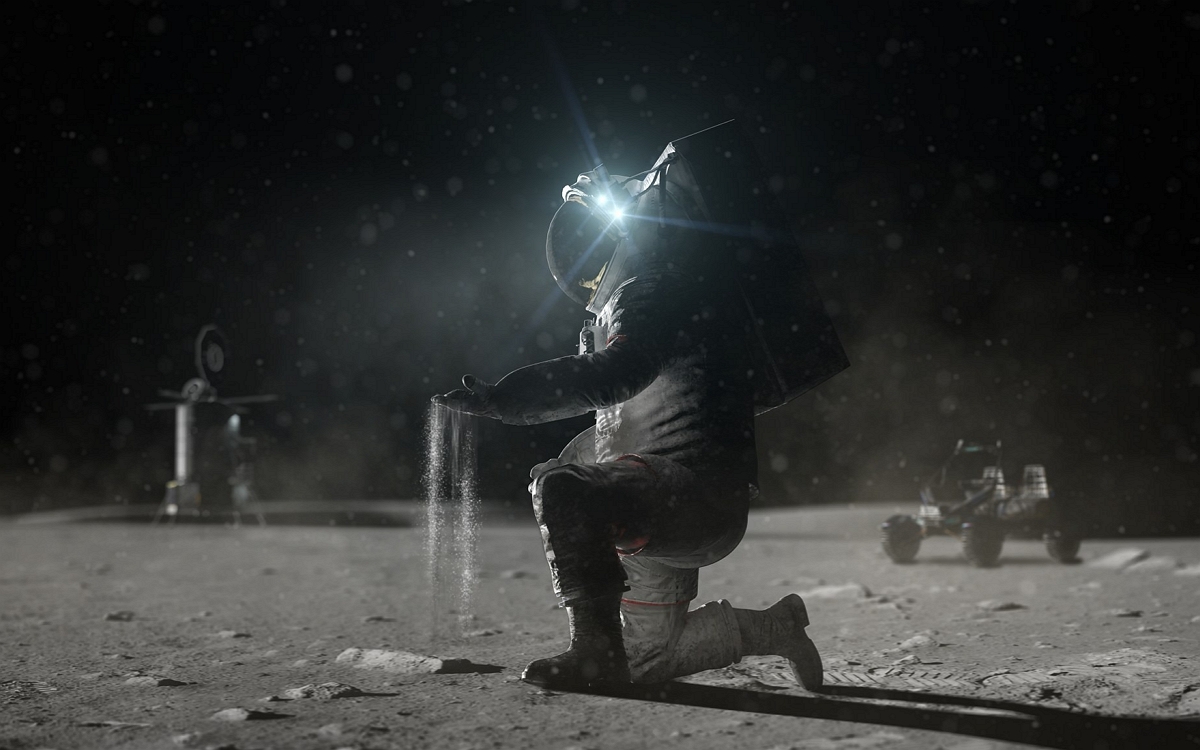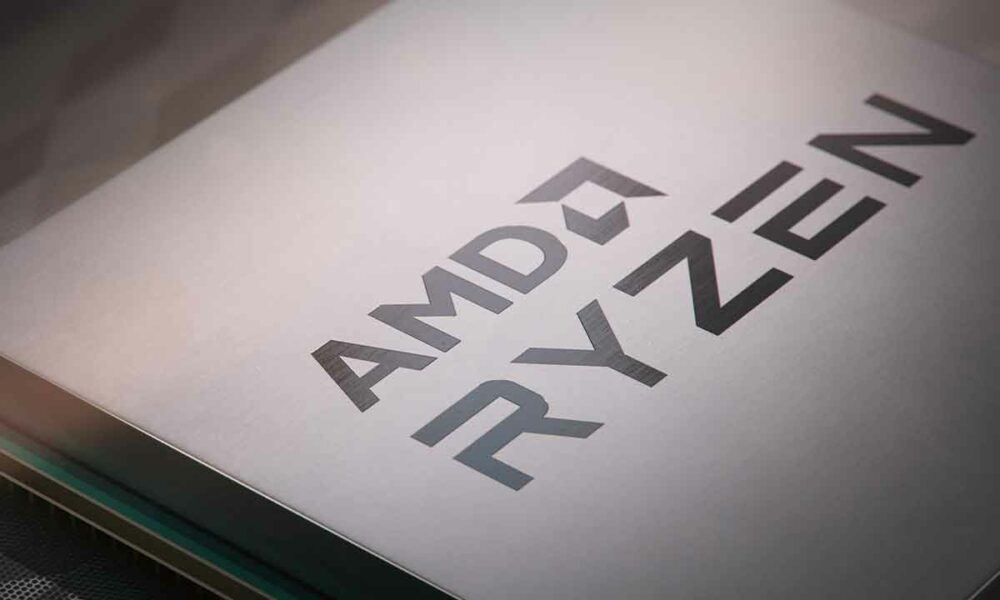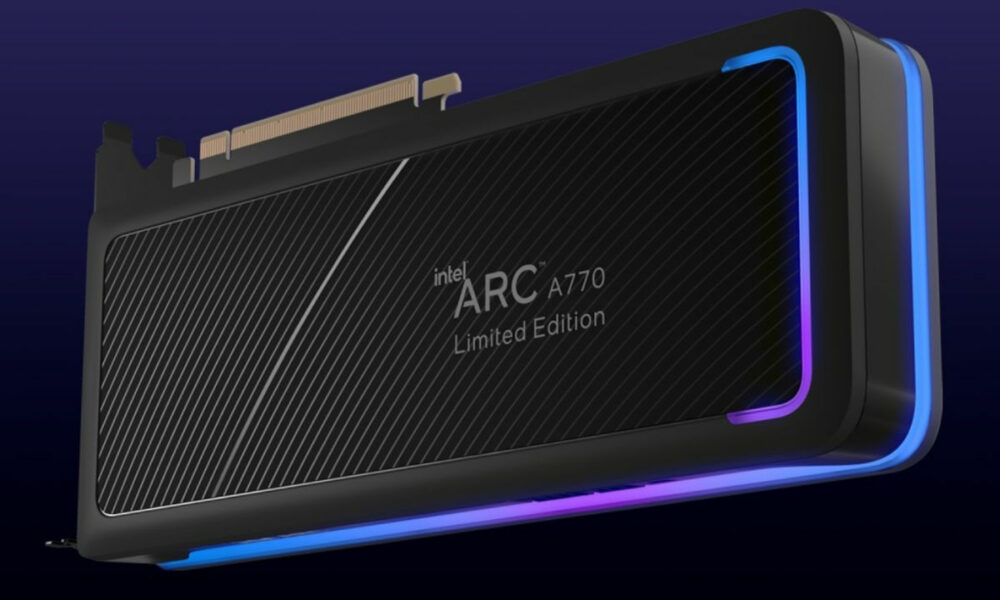
Lunar dust poses serious risks to astronauts and their equipment on the surface of the Moon, which is why NASA is actively working on special new suits that will be able to repel this dust.

A team of researchers from Hawaii Pacific University (HPU) is developing a new type of fabric for lunar spacesuits, capable of repelling lunar dust. The prototype, called LiqMEST (Liquid Metal Electrostatic Protective Textile), received a $50,000 grant from NASA to continue its development.
The goal of this technology is to prevent lunar dust particles from damaging spacesuits, a problem that affected astronauts in NASA’s Apollo program in the 1960s and 1970s. The sharp dust quickly corroded surfaces such as dust shields for rovers, aencrashed astronauts’ spacesuits and generally clung to everything, making three-day sorties a real challenge.
Also read – To make roads on the Moon, all you need is a magnifying glass and some dust
NASA wants new suits for its Artemis mission
NASA doesn’t have much time to develop its new suits yet, as it plans to land astronauts on the surface of the moon again in 2025 or 2026 as part of its Artemis program. As a reminder, this schedule depends not only on the progress of the crewed flight around the moon of Artemis 2, planned for 2024, but also on development of the Artemis 3 lander and spacesuit.
The LiqMEST fabric developed by the researchers not only repels lunar dust, it also provides flexibility for astronauts in harsh conditions. When activated, the fabric generates an electric field that prevents dust from adhering to its surface. This technology can be applied not only to spacesuits, but also to the fabric covers of lunar equipment during missions to the moon.
NASA has studied the lunar dust problem for decades and considers dust mitigation one of the main challenges for long-term astronaut habitats on the moon.
The team hopes to create a prototype next year before submitting a full grant proposal to NASA to have the material ready for use in space. According to the researchers, this technology could also find applications in future NASA missionssuch as exploring extraterrestrial landscapes like Mars.



